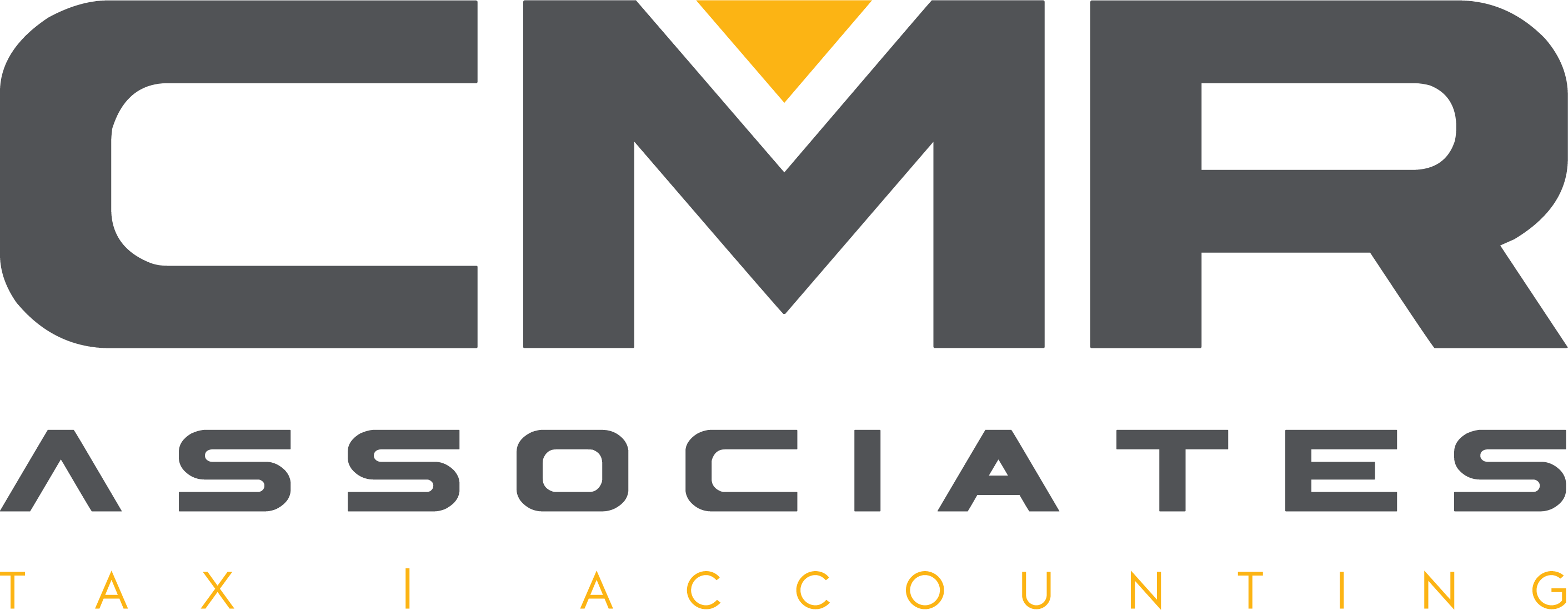
You may be tempted to forget all about taxes during summertime, when “the livin’ is easy,” as the Gershwin song goes. But if you start your tax planning now, you may avoid an unpleasant tax surprise when you file next year. Summer is also a good time to set up a storage system for your tax records. Here are some tips:
Take action when life changes occur. Some life events (such as marriage, divorce, or the birth of a child) can change the amount of tax you owe. When they happen, you may need to change the amount of tax withheld from your pay. To do that, file a new Form W-4 with your employer. If you make estimated payments, those may need to be changed as well.
Keep records accessible but safe. Put your 2016 tax return and supporting records together in a place where you can easily find them if you need them, such as if you’re ever audited by the IRS. You also may need a copy of your tax return if you apply for a home loan or financial aid. Although accessibility is important, so is safety.
A good storage medium for hard copies of important personal documents like tax returns is a fire-, water- and impact-resistant security cabinet or safe. You may want to maintain a duplicate set of records in another location, such as a bank safety deposit box. You can also store copies of records electronically. Simply scan your documents and save them to an external storage device (which you can keep in your home safe or bank safety deposit box). If opting for a cloud-based backup system, choose your provider carefully to ensure its security measures are as stringent as possible.
Stay organized. Make tax time easier by putting records you’ll need when you file in the same place during the year. That way you won’t have to search for misplaced records next February or March. Some examples include substantiation of charitable donations, receipts from work-related travel not reimbursed by your employer, and documentation of medical expenses not reimbursable by insurance or paid through a tax-advantaged account.
For more information on summertime tax planning or organizing your tax-related information, contact us.
Tax Accounting and Business Consulting for Madisonville, Louisiana
Industry Specific Accounting
Madisonville CPA Services



